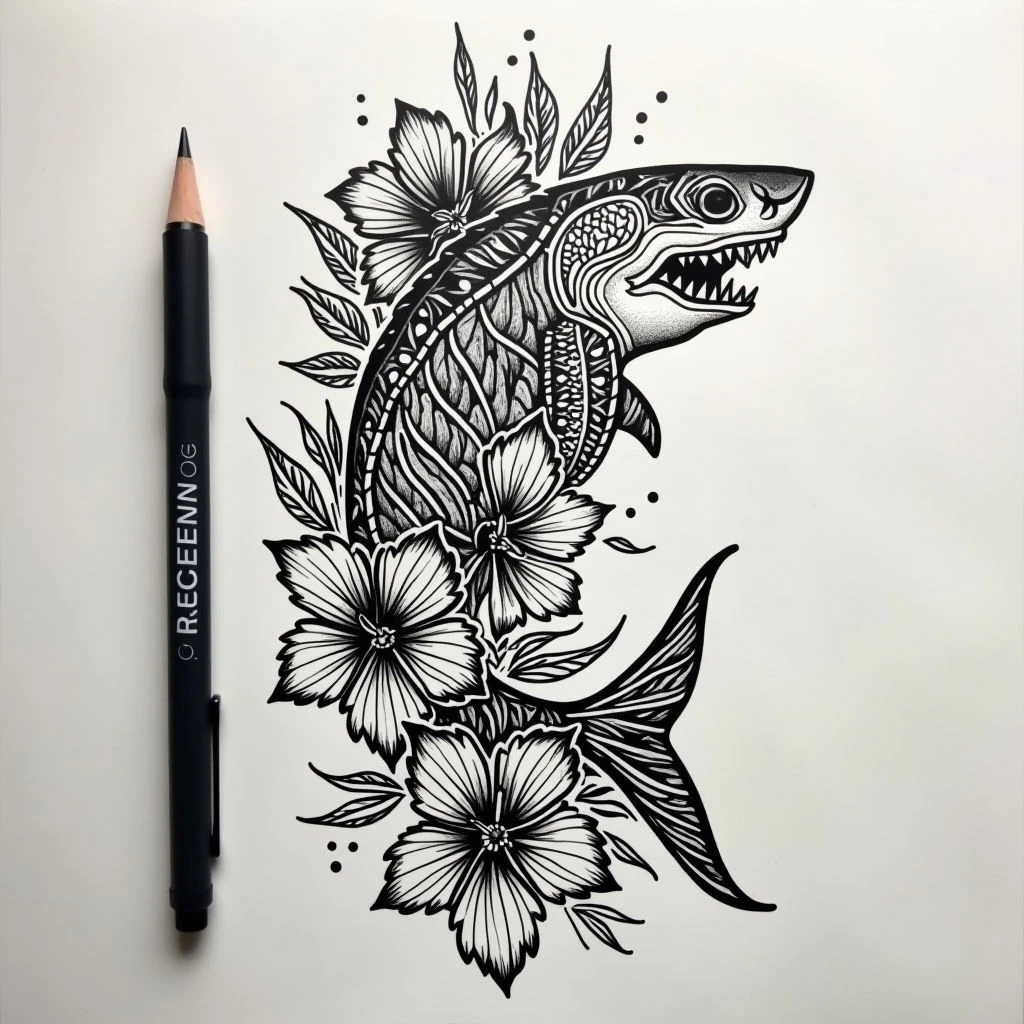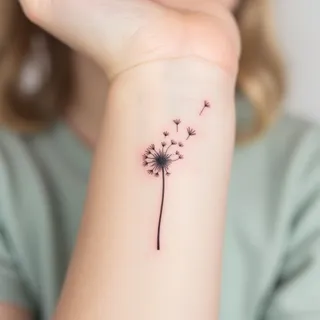Hawaiian Tattoos: Understanding the Symbolism
Historical Context
Before Western contact, kākau were performed by skilled practitioners (kahuna kākau) using tools made from bone, turtle shell, or shark teeth. The process was a significant rite of passage, often accompanied by chanting and rituals.
Common Symbols & Meanings
- Sharks (Hei): Represent strength, courage, and overcoming adversity. They were considered aumakua – ancestral spirits.
- Turtles (Honu): Symbolize longevity, patience, wisdom, and harmony with nature.
- Waves (Kai): Represent life's journey, adaptability, and the power of the ocean. Variations in wave patterns can signify different familial connections or experiences.
- Flowers: Each flower holds specific meanings. Plumeria (pua melia) signifies beauty and love; hibiscus (ipu heke) represents royalty and protection; orchids symbolize elegance and strength.
- Mountains (Mauna): Represent steadfastness, connection to ancestors, and spiritual grounding.
Modern Interpretations
While traditional kākau were often restricted to certain individuals or families, modern interpretations allow for broader artistic expression. However, it’s essential to approach Hawaiian tattoo designs with reverence and understanding of their cultural significance.
Important Note
If you're considering a Hawaiian tattoo, research the specific symbols and their meanings thoroughly. Consider consulting with someone knowledgeable in Hawaiian culture to ensure your design is respectful and authentic.


